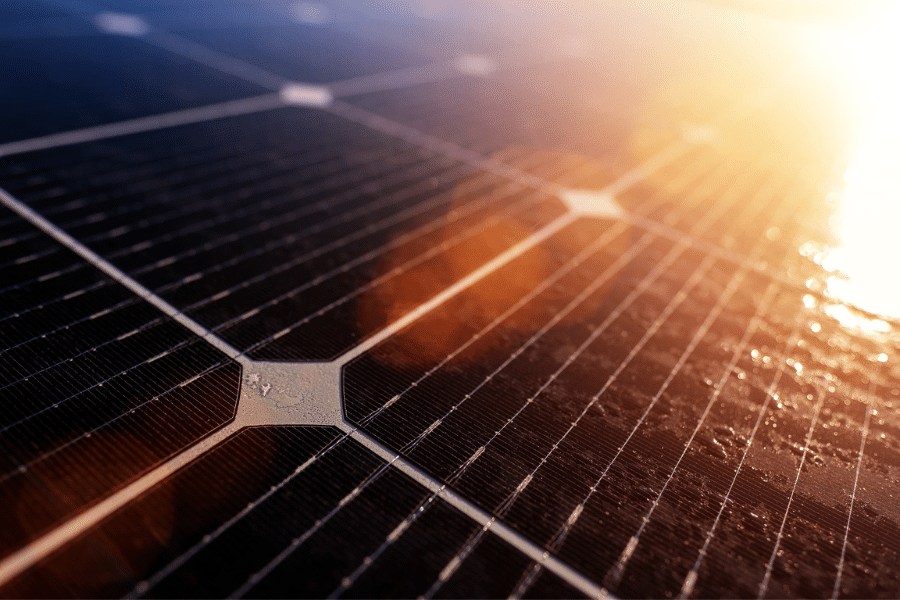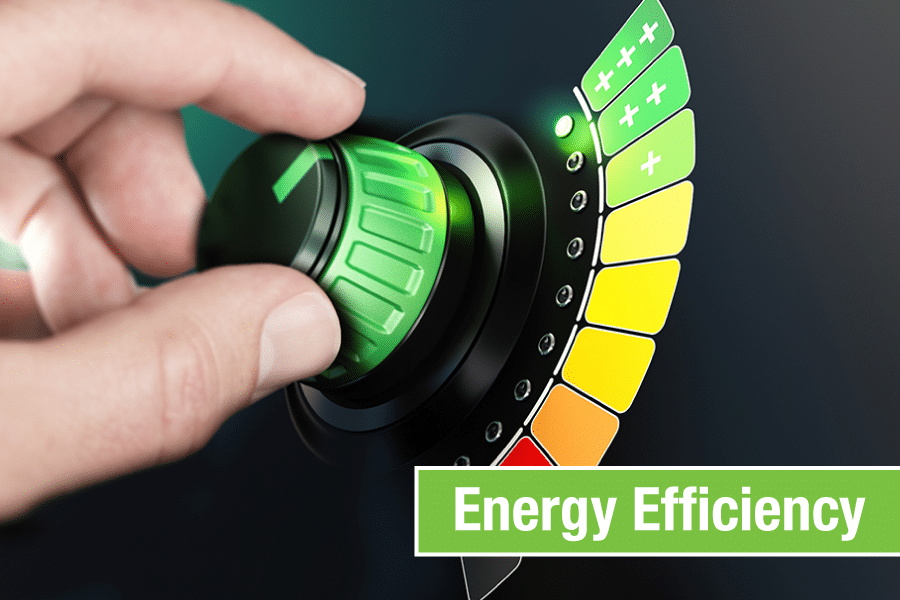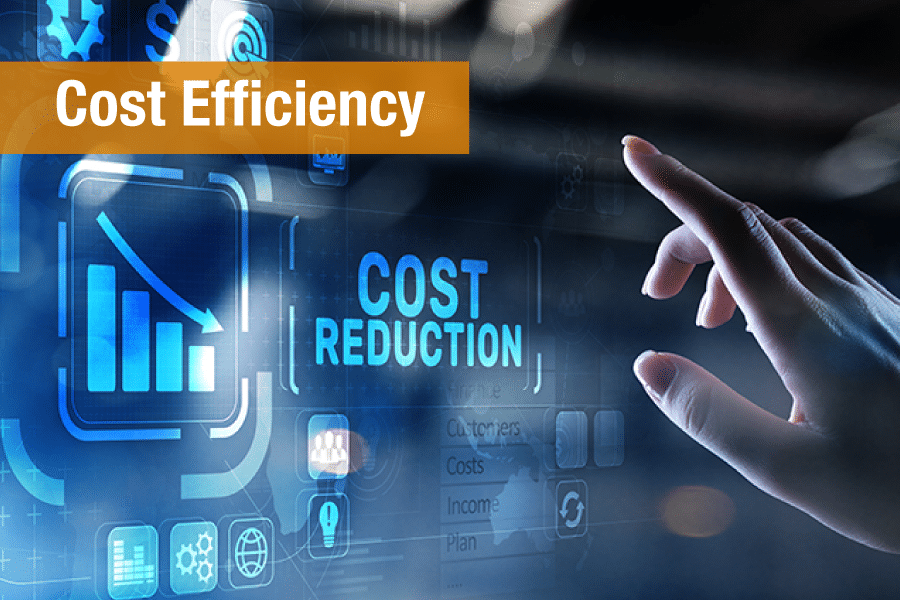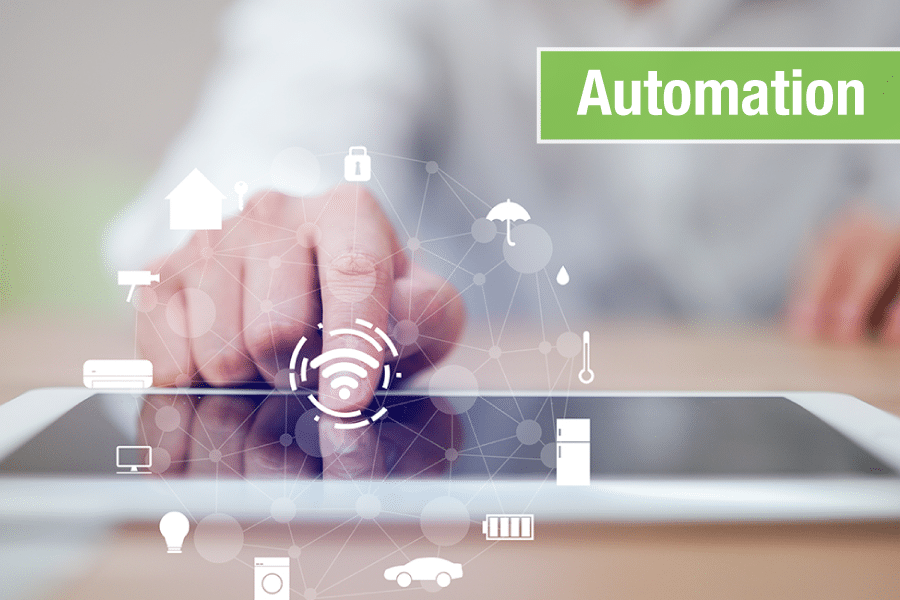Renewable Energy Predictions For 2018
In January The Sydney Morning Herald released their 5 renewable energy predictions for 2018.

Our future Smart Energy Efficient Homes can provide all the home comforts we want and desire while still investing in renewable energy and saving the planet.
There are several important reasons why the future of residential property needs to incorporate smart energy efficient homes. First and foremost, it provides a significant positive opportunity to change the way we impact the environment. We need to introduce more efficient and energy saving approaches to the running of our households so as not to deplete our natural resources.
By making our homes smarter and energy efficient, there are long-term financial gains, cost savings, and return on investment. Further, part of the efficiency is modern, superior technology where we will be able to monitor and control our household appliances and features at the touch of our fingertips using devices over the internet.

Let’s explore a list of ways to make our homes smarter and more energy efficient, many methods which utilise solar energy:
Installation of solar PV systems has grown exponentially in Australia over the last few years at unprecedented rates. Since August 2020 more than 2.53 million rooftop solar power systems have been installed across the country. In fact, Australia has one of the highest levels of take-up rates of solar globally, with more than 21% of Australian rooftops featuring solar PV panels.
Solar energy is already delivering remarkable results. Using the direct sunlight absorbed from the panels, the heat is converted into electricity through power optimisers and inverters that can be used to run typical home features and appliances. Best of all, the process emits no carbon footprints or greenhouse gases.
A solar battery stores excess energy from a solar PV system. Excess energy is stored for use later on, such as in the evening when panels are no longer producing energy. When your system production is more than your energy consumption, the excess energy gets sent back to the grid, this is called “net-metering”. When this happens, you can earn a credit on your next electricity bill which reduces your bill.
As described above, the energy derived from solar PV panels is converted to electricity which is used to power home appliances. This includes features as heating systems to warm up a home, especially in winter months when the weather is cold. Despite a lack of consistent sunshine along the eastern coast of Australia, today’s solar PV panels have progressed so rapidly, their superior technology enables them to create energy despite direct sunshine. This is generated from the electricity powered from the solar panels using power optimisers and inverters.
Identical to the process of heating described above, hot water is also created from the electricity generated from the solar panels. However, hot water has an alternative process that can be used from a dedicated solar PV system attached to a water tank mounted on your rooftop. This solar PV panel is solely for the purpose of heating up the water in the tank.
Like a refrigerator, a hot water heat pump pulls heat out of the surrounding air. It then moves that heat into the water tank. Unlike conventional electric-resistive systems, hot water heat pumps merely move heat from one place (air) to another (water), using no energy to create new heat. Essentially, the heated air is moved or pumped from outside to inside by a compressor from a gas state into a warm liquid state.
Similar to reverse-cycle air conditioning, this is an electrical climate-control system which provides heat as well as refrigerated cooling. Reverse-cycle air conditioning is 300–600% efficient, which means that it can take one unit of electrical energy and turn it into 3 to 6 times as much heating or cooling energy. Under mild conditions, some products can achieve efficiencies of over 1000%.
The heat pump is the most efficient and effective way to warm up a swimming pool with solar panels a close second. The key differentiator between them is the weather. To ensure consistent warm water even in the cooler months, the heat pump is the way to go. It is not reliant on direct sunlight and can continue to heat the pool despite a few days of bad weather and therefore for several months of the year. An essential component is a pool cover to keep the heat in and the pool clean.

By making our homes more energy efficient, the natural by-product of this is cost savings. While there may be some upfront investment, in the long term, the reward is not only reducing our costs but also put less pressure on our natural resources. A profound return-on-investment for both the consumer and the planet.
Appliances can account for 30% of home energy use. Energy rating labels provide consumers with information on the energy efficiency of a range of appliances. The more stars, the more energy efficient the product is compared to other models in its category. The more efficient it is, the less your bill and the more you save.
Insulation creates a barrier between the inside and outside of your home. It keeps the heat inside in winter and keeps it out in summer. A well-insulated home offers comfort all year long while cutting heating and cooling costs by up to 50%.
An awning is a roof-like shelter installed on a home’s exterior that shades windows from the sun’s heat and glare. Window awnings can reduce solar heat in the summer by up to 65% on south-facing windows and 77% on west-facing windows. You can use an awning to shade one window or have an awning custom-made to shade the entire side of your house.
Install a water tank to capture some of that rainfall downpour: it will shrink your environmental footprint by reducing your demand on water mains and the amount of stormwater runoff into rivers and oceans. It can also reduce your water bill in the long term. Polyethylene (plastic) tanks tend to be the most popular as they are relatively cheap and durable.
Keeping your garden blooming requires lots of tender loving care. Smart irrigation is the key. Rather than using a sprinkler or watering the entire garden and losing water to evaporation, use a measured drip system. A drip system minimises evaporation and water waste due to wind, runoff and overspray. Drip systems deliver water directly to where the plants need it most – their roots.
Windows can have a significant impact on the cooling and heating abilities of your home. Energy-efficient house windows use specialised glazing and framing materials. These materials can make your house more comfortable and reduce your energy bill. Around 40% of a house’s heating energy can be lost – and about 87% of its heat can be gained – through windows. By using energy-efficient house windows, you may be able to reduce energy costs and improve your windows’ thermal performance.
Leaving lights on when not in the room, leaky taps that cause water to constantly drip, using incandescent light bulbs, leaving appliances plugged in and on at the power plug, washing dishwasher or washing machine at half-full, washing machine with hot water, standing in front of the fridge, powering an empty freezer, and setting the thermostat too high, instead of putting on a jumper all cause needless waste of energy and money.

Having complete control at the touch of your finger-tips using devices such as your mobile, iPad or laptop over the internet gives consumers complete peace of mind. The ability to monitor energy consumption, track progress, set schedules, identify problems, see alerts and run reports ensures you know exactly what’s going on in your house.
One of the most innovative aspects of Smart Homes is how they are being built to provide the pathway for the future. For example, one day soon, electric vehicles (EV) will be the norm. Therefore, it makes sense to have a solar powered Electric Charging Station for your car in the garage. Charge your electric vehicle with the world’s first EV charging solar inverter. Using a pioneering solar boost mode, you can charge your EV up to four times faster than a standard EV charger using combined solar and grid power.
Using alternative energy sources such as solar allows the use of a sustainable renewable energy source that doesn’t deplete or diminish. “Go green” is not just a catchphrase but a genuine move to protect the environment by producing our own clean energy.
In the long run, it provides cost-savings and significant return on investments, despite some upfront costs for the initial installation. As technology evolves and becomes more and more superior, we will have more efficiency, better automation and our homes will be ready and future-proof to receive modern technology.
Start getting the benefits of having a smart energy efficient home. Get a quote now.
In January The Sydney Morning Herald released their 5 renewable energy predictions for 2018.
The major Japanese machinery company Mitsubishi Heavy Industries said last Friday that it has succeeded in transmitting energy wirelessly, marking a...
Scientists from Osaka University in Japan are very close to obtaining solar energy from one of the most abundant resources on Earth – and that is...